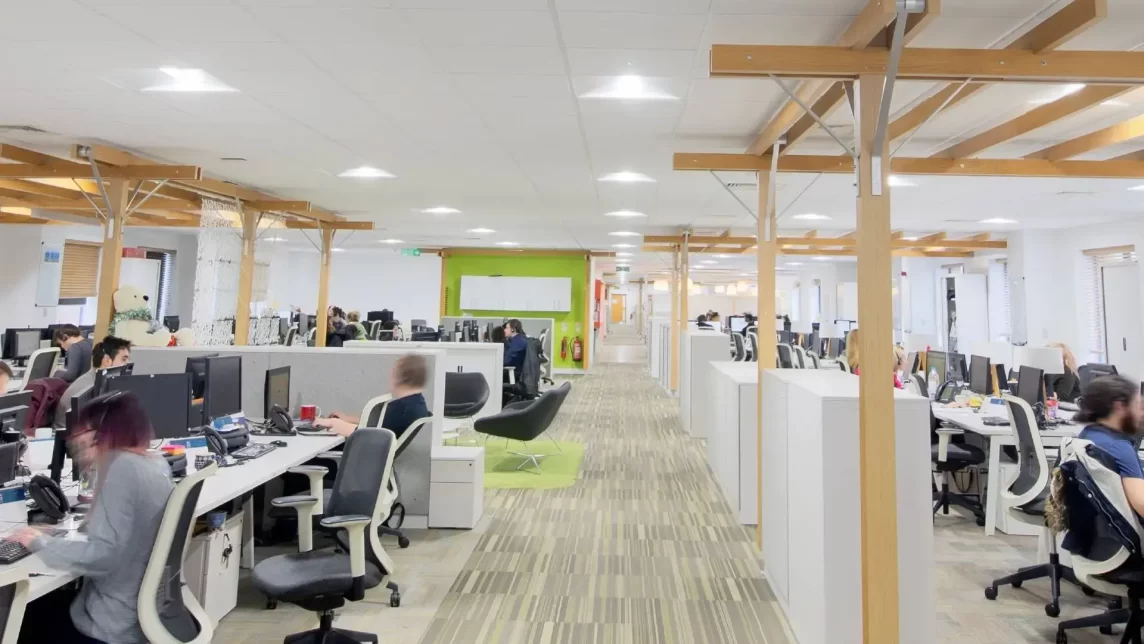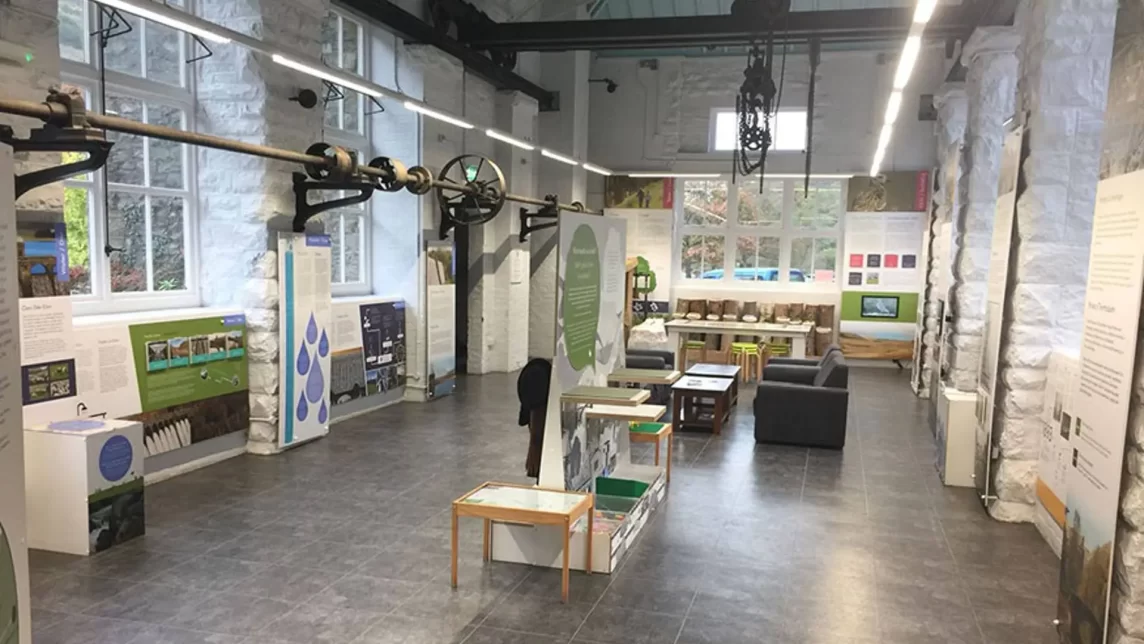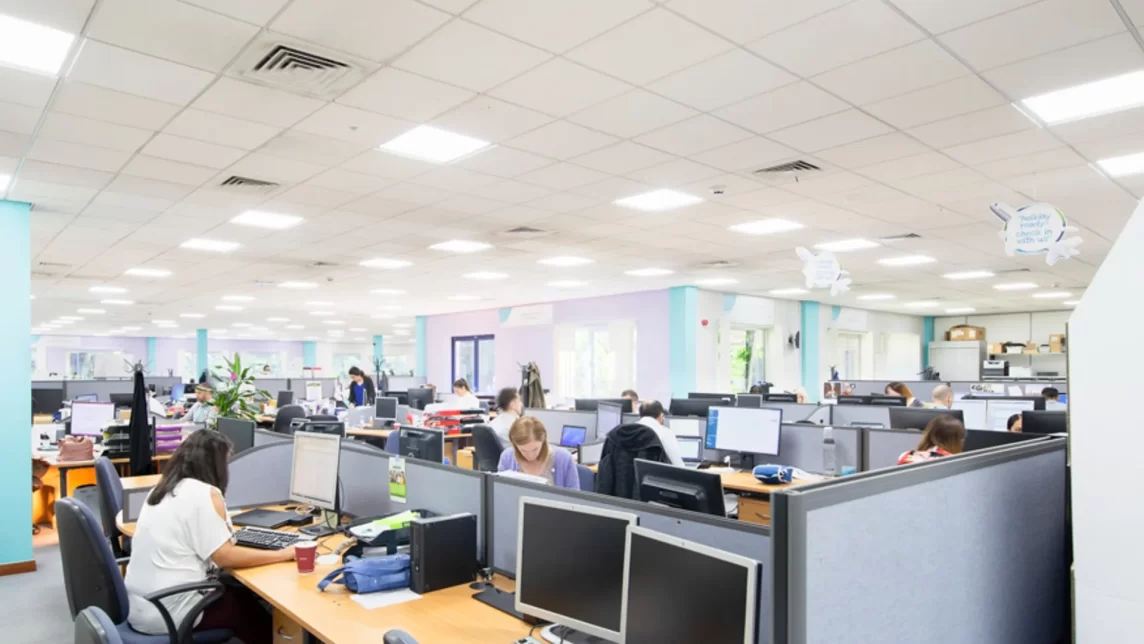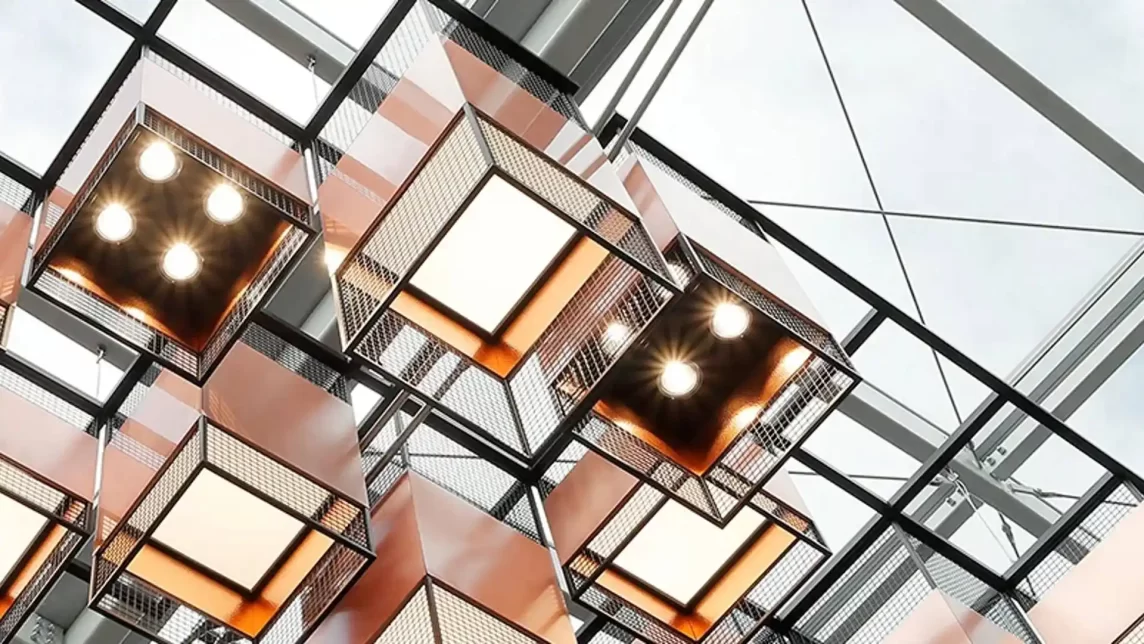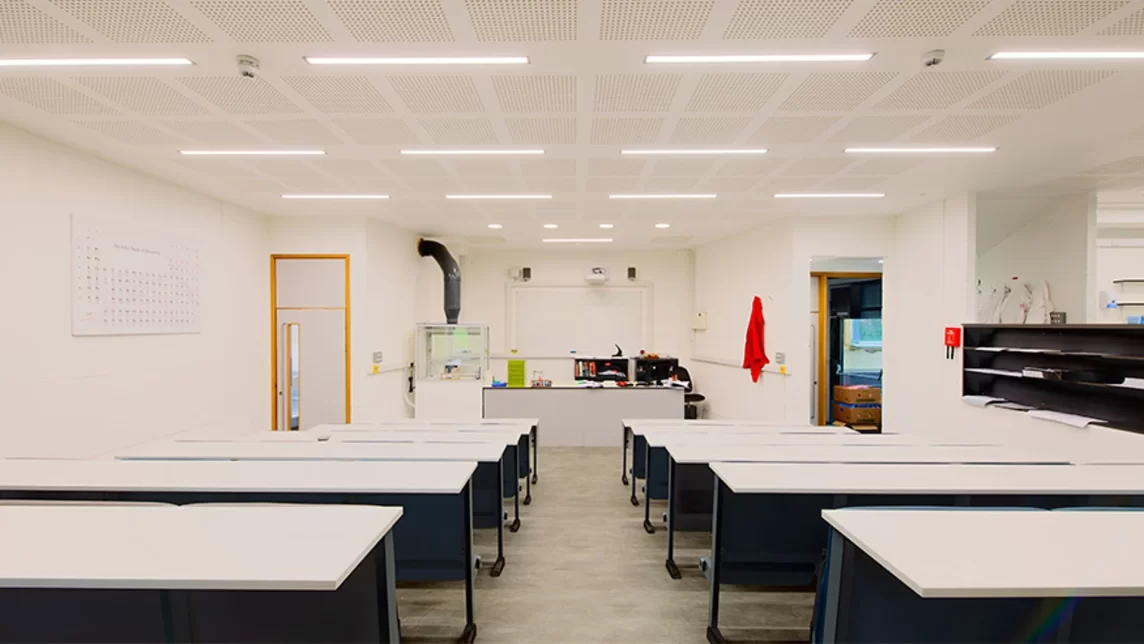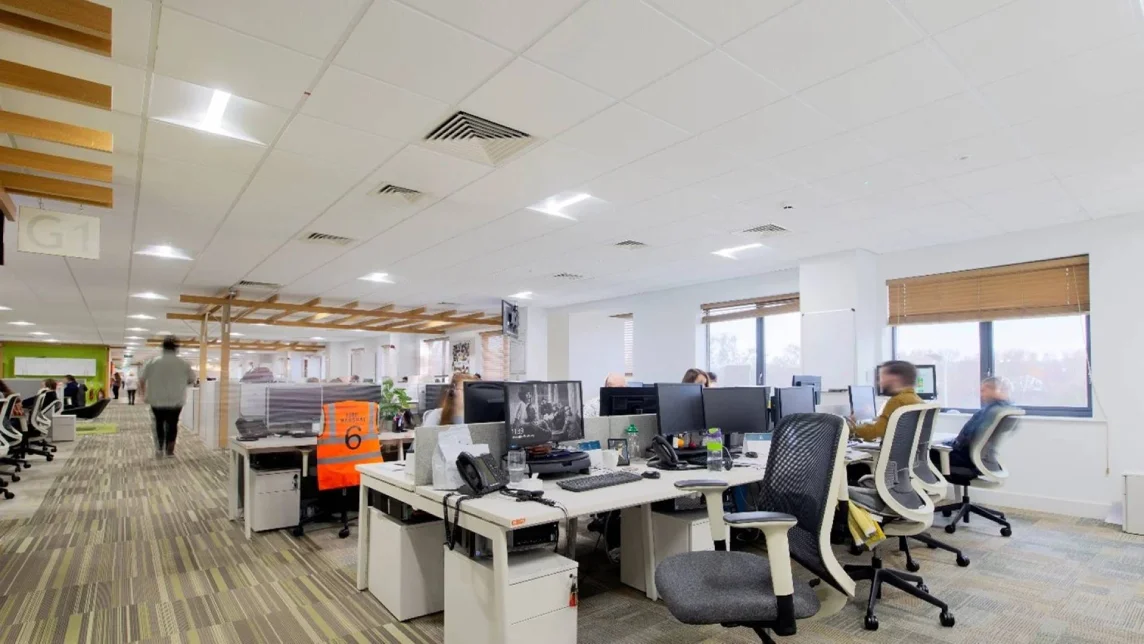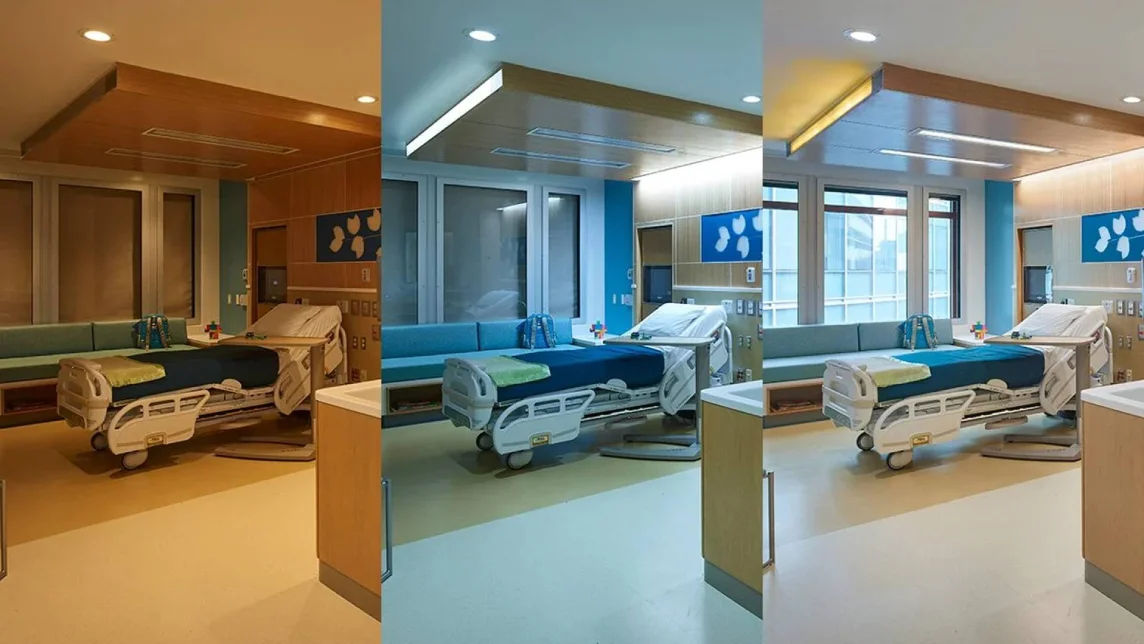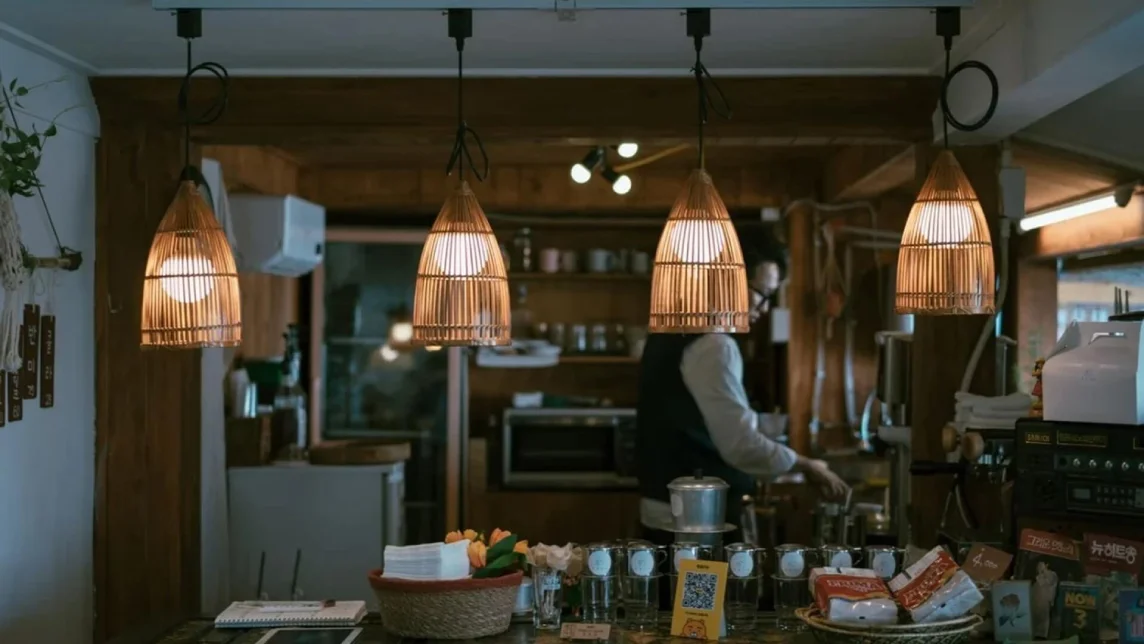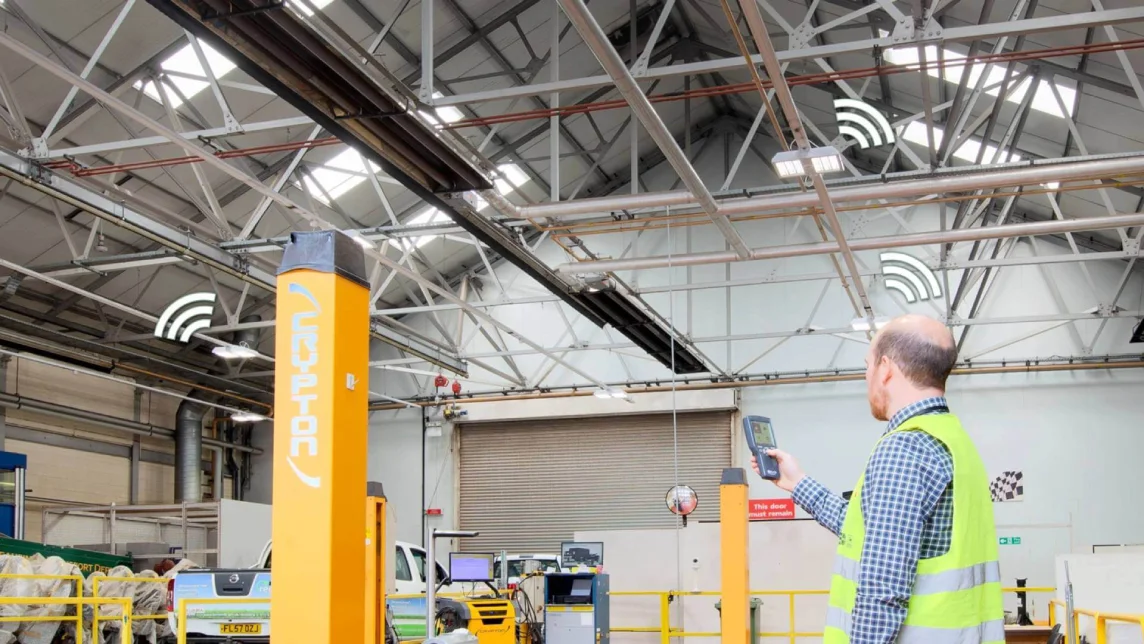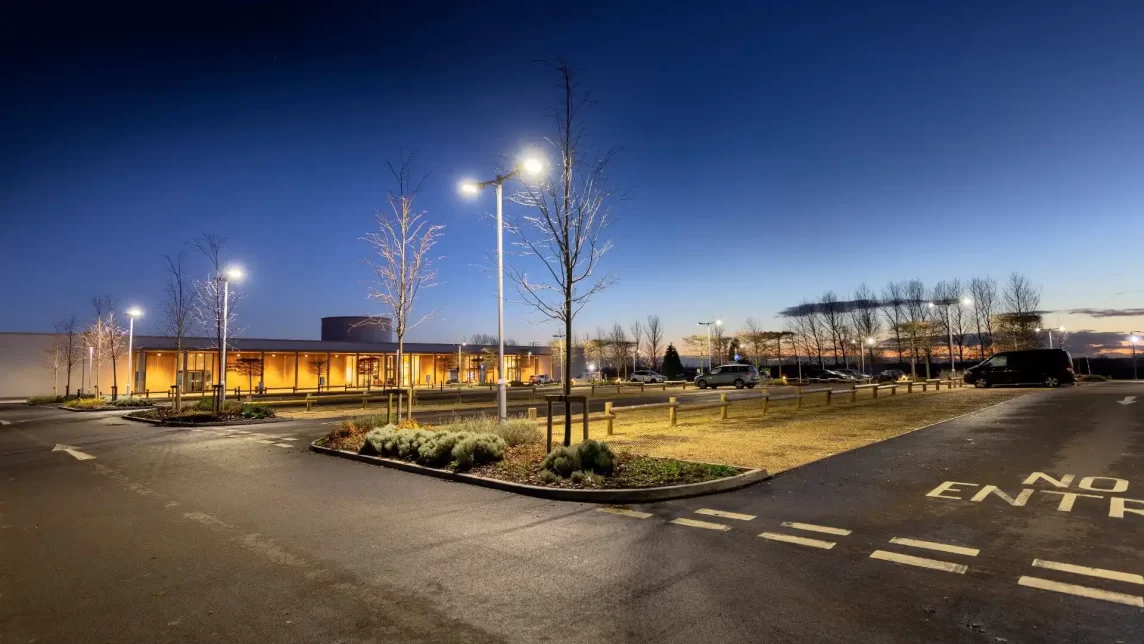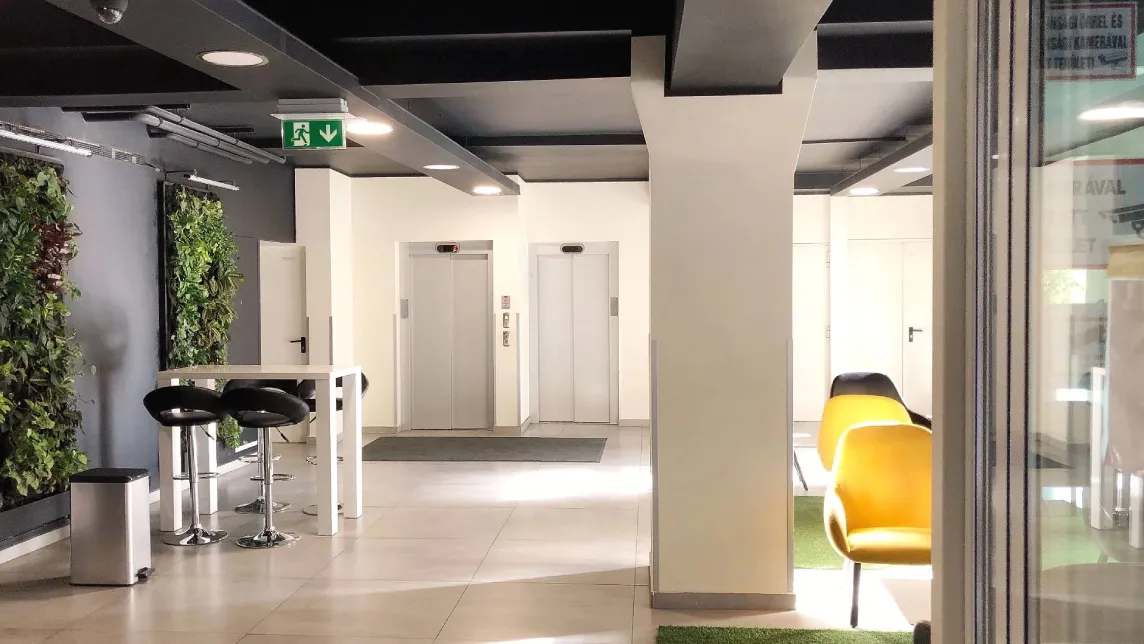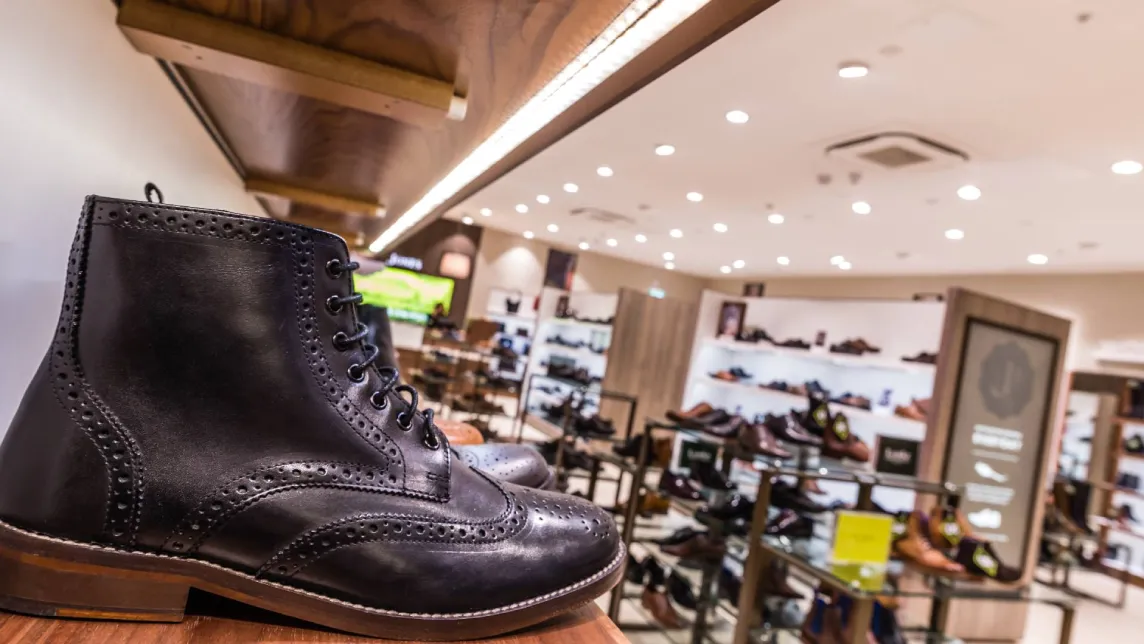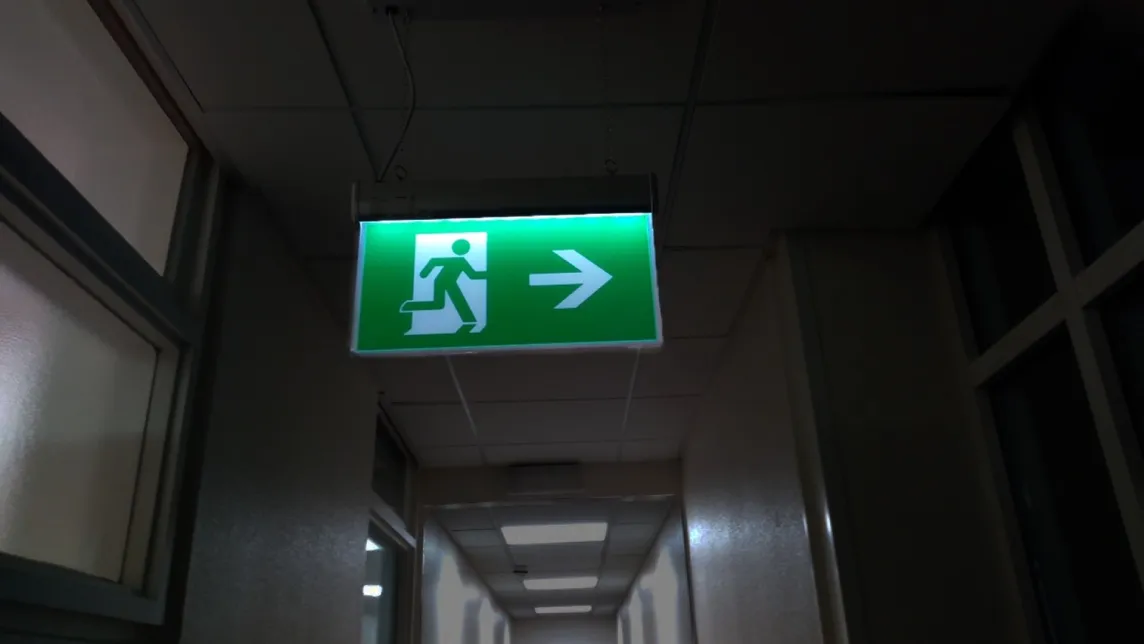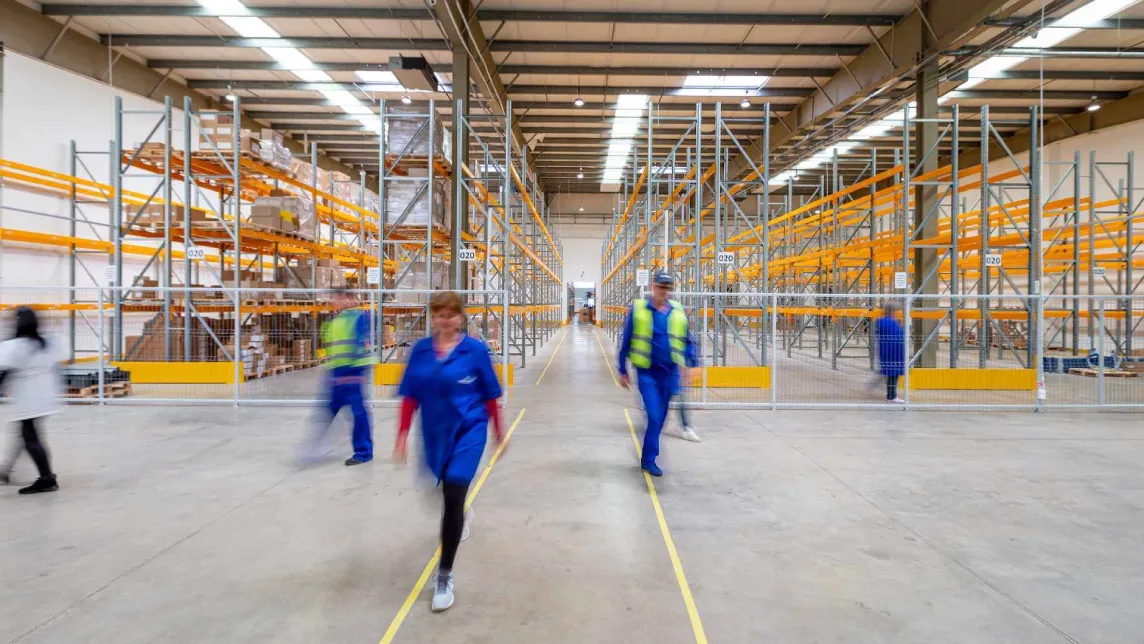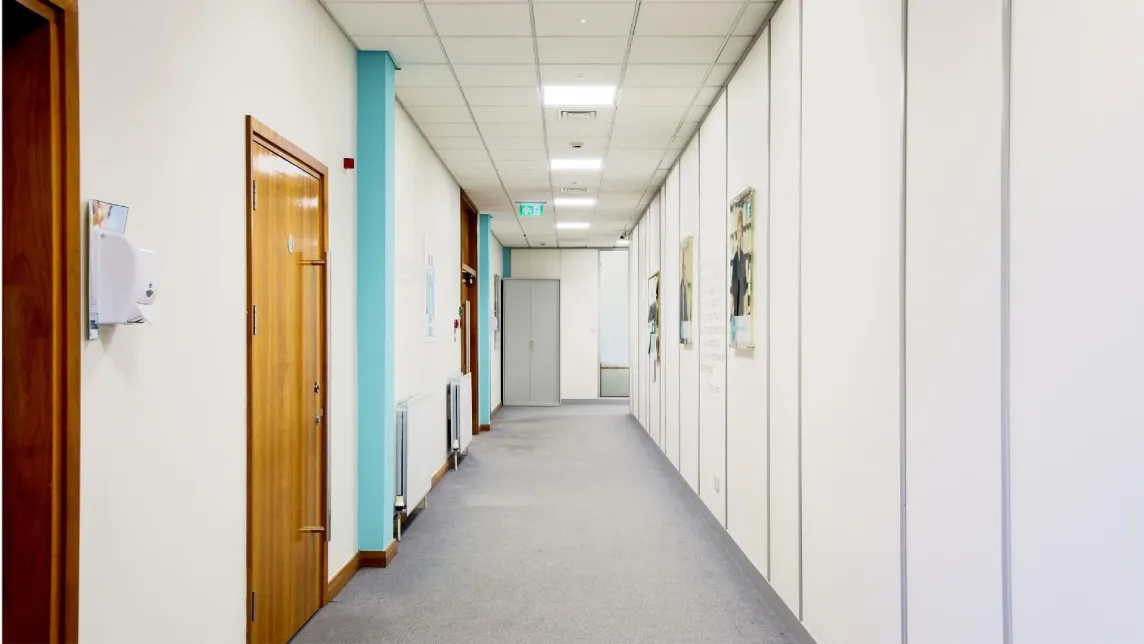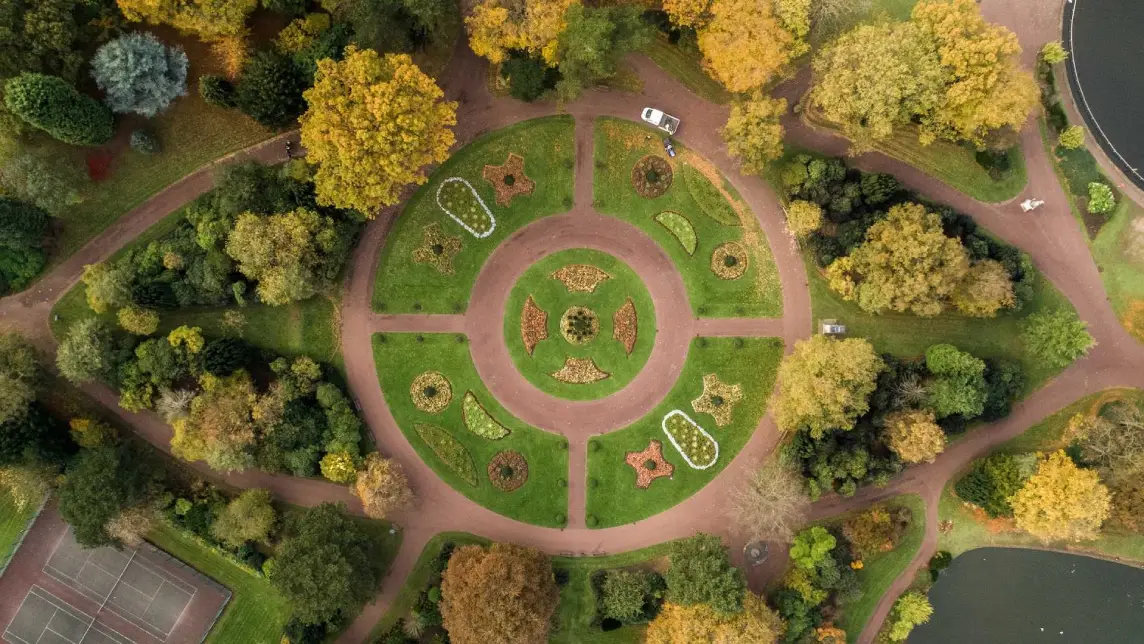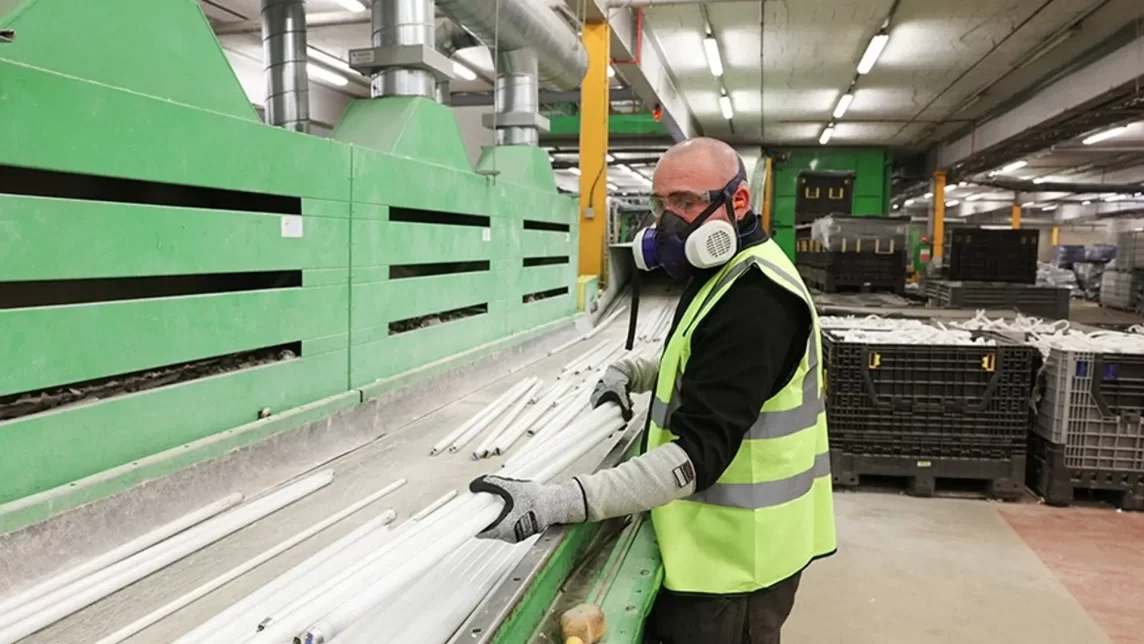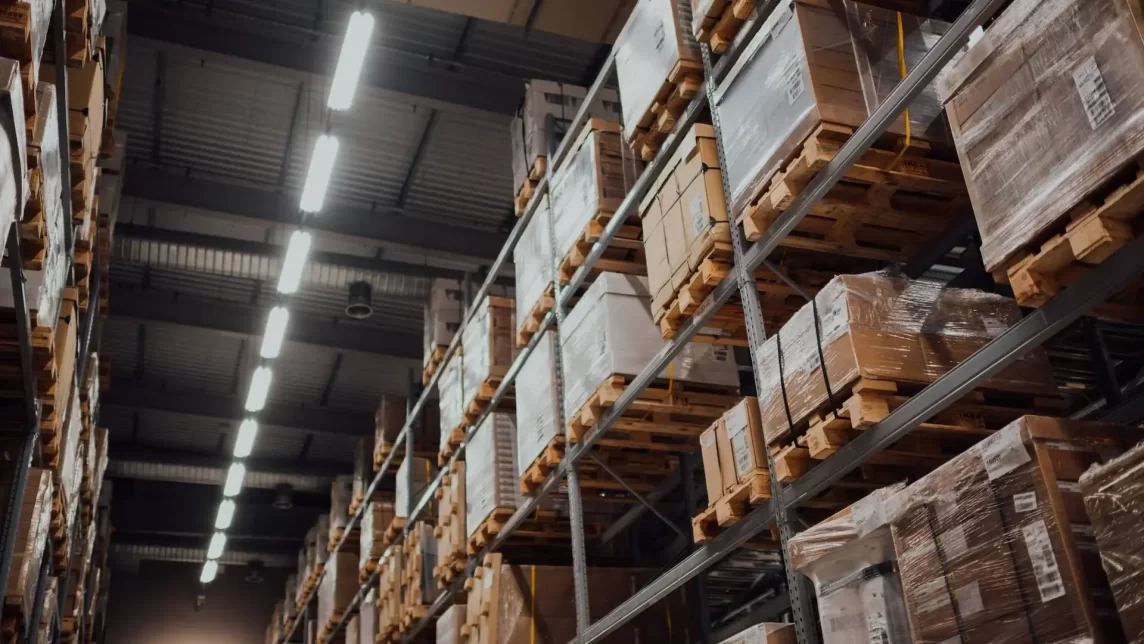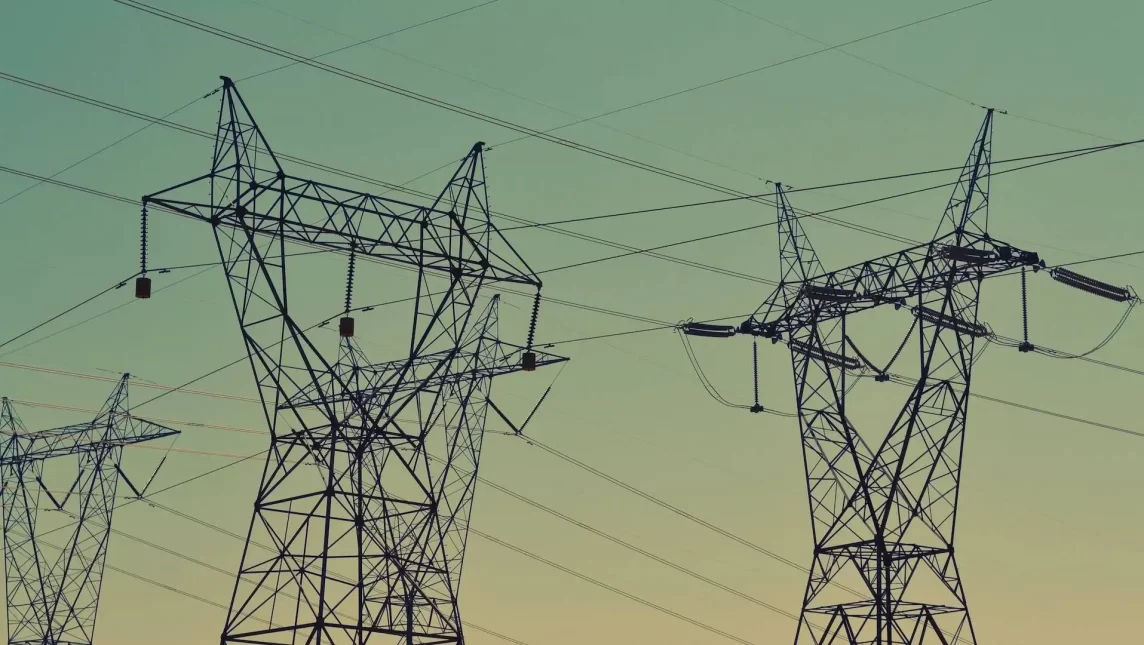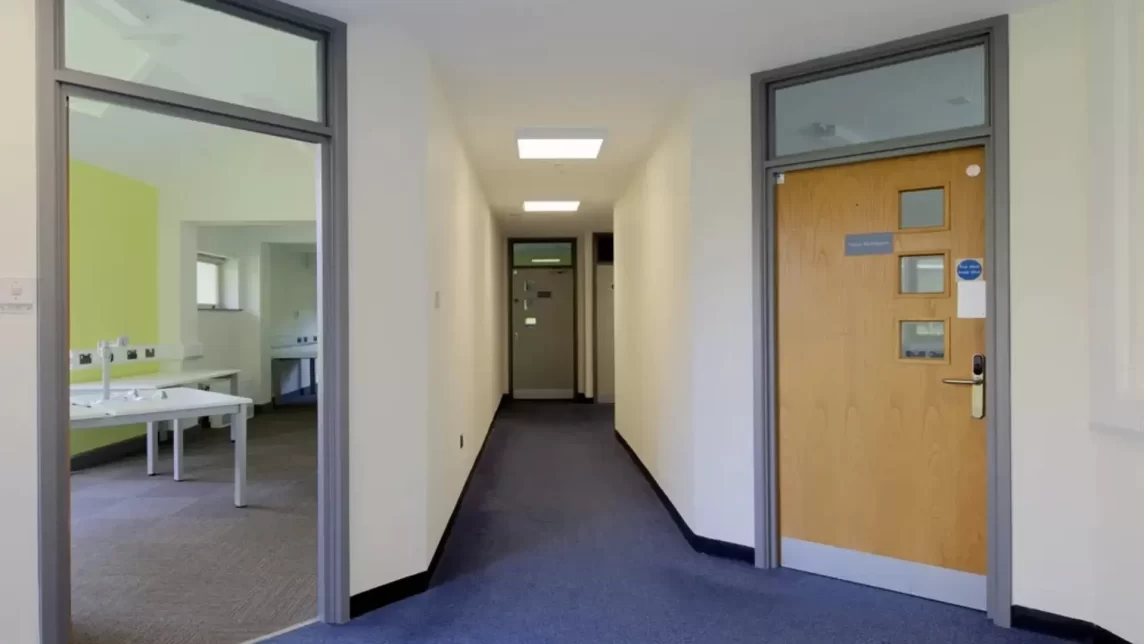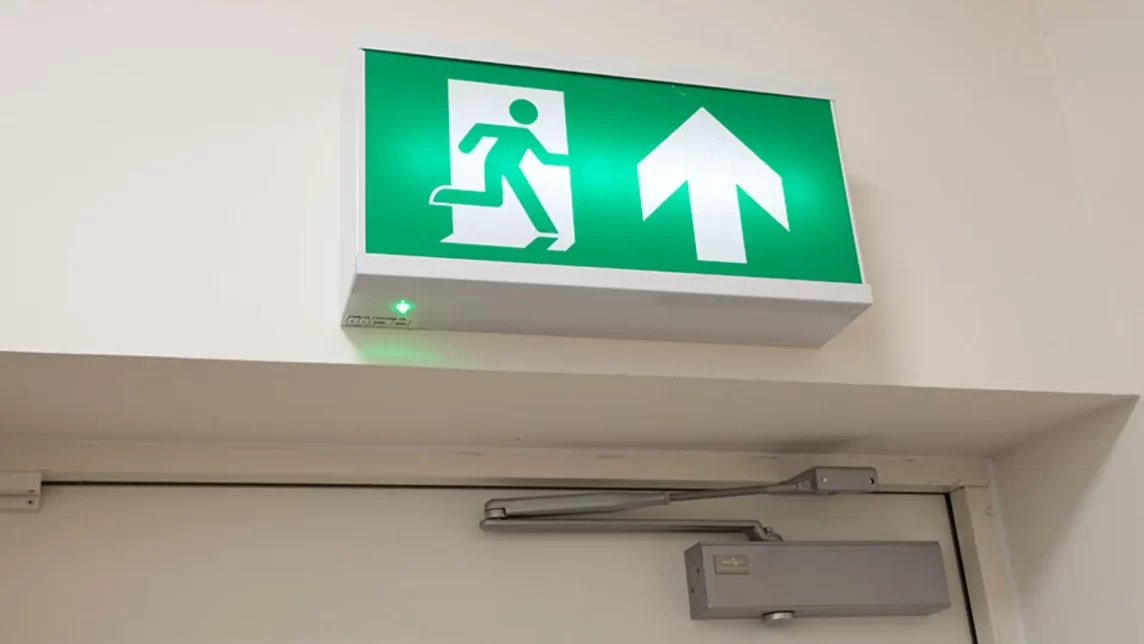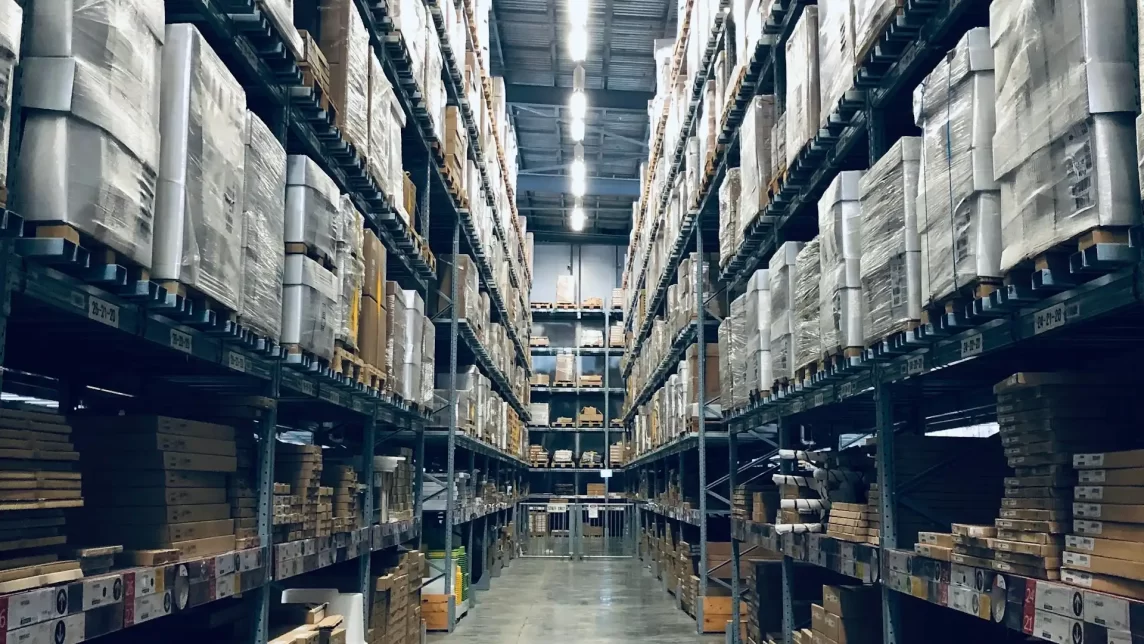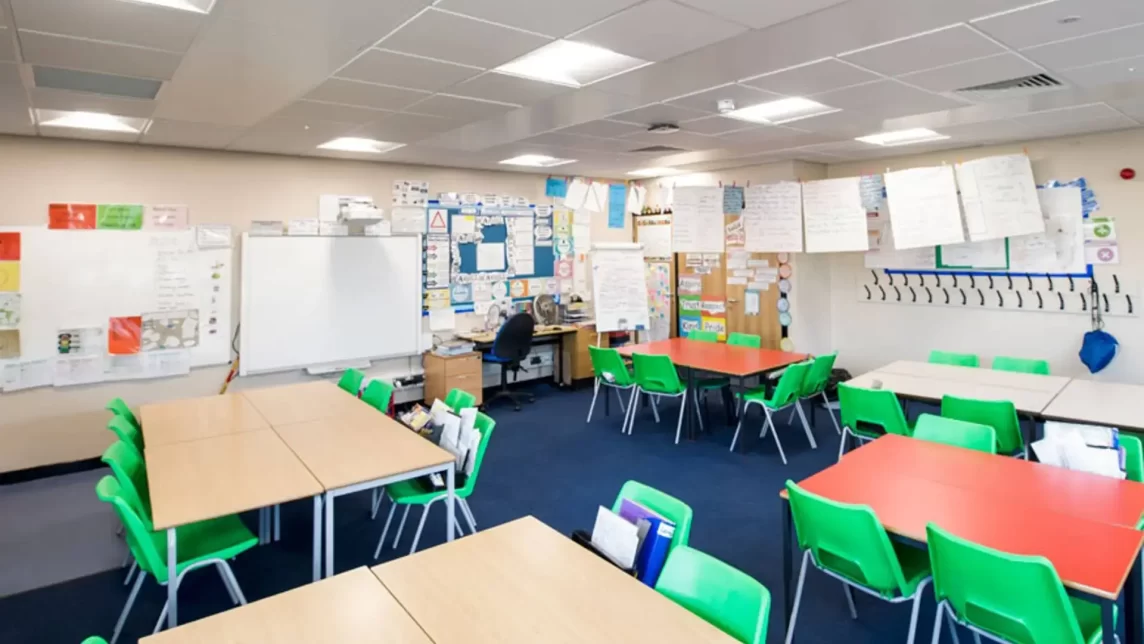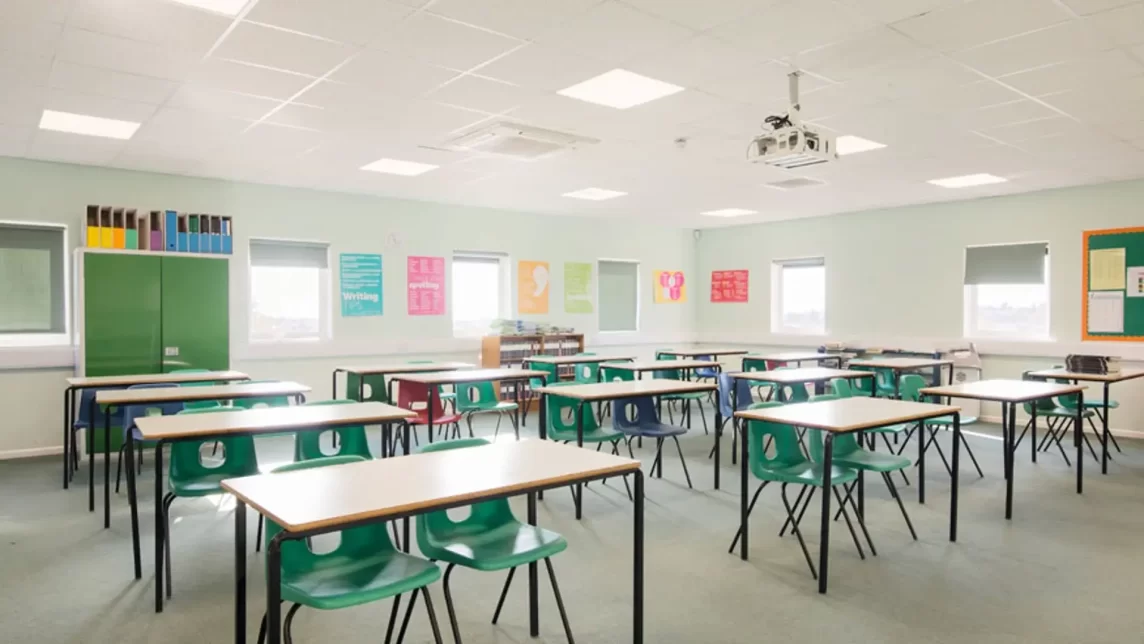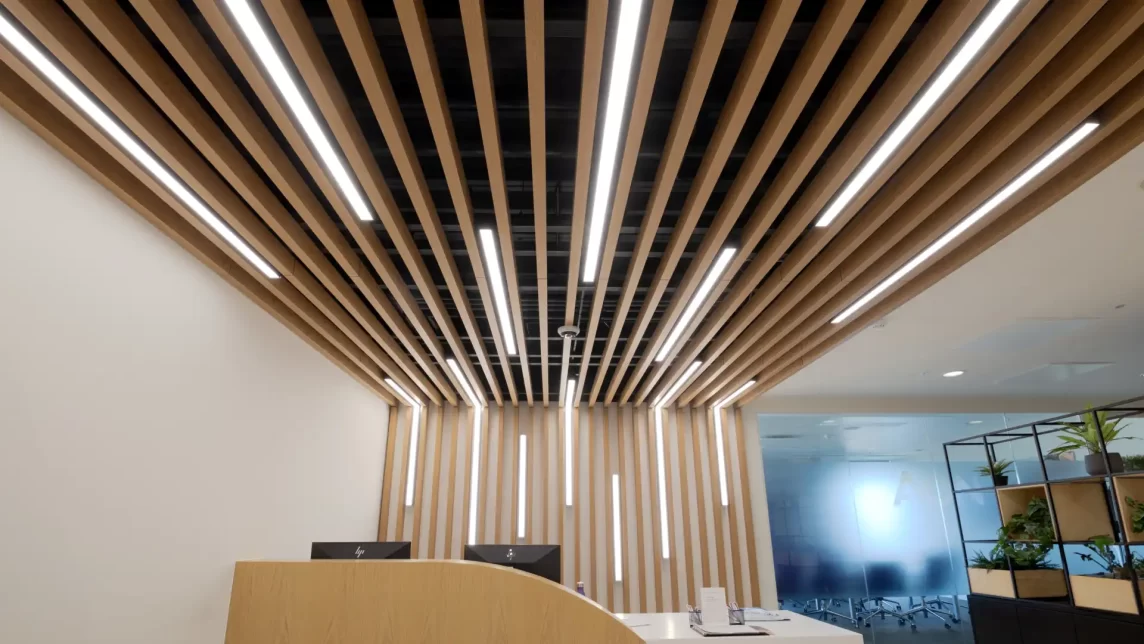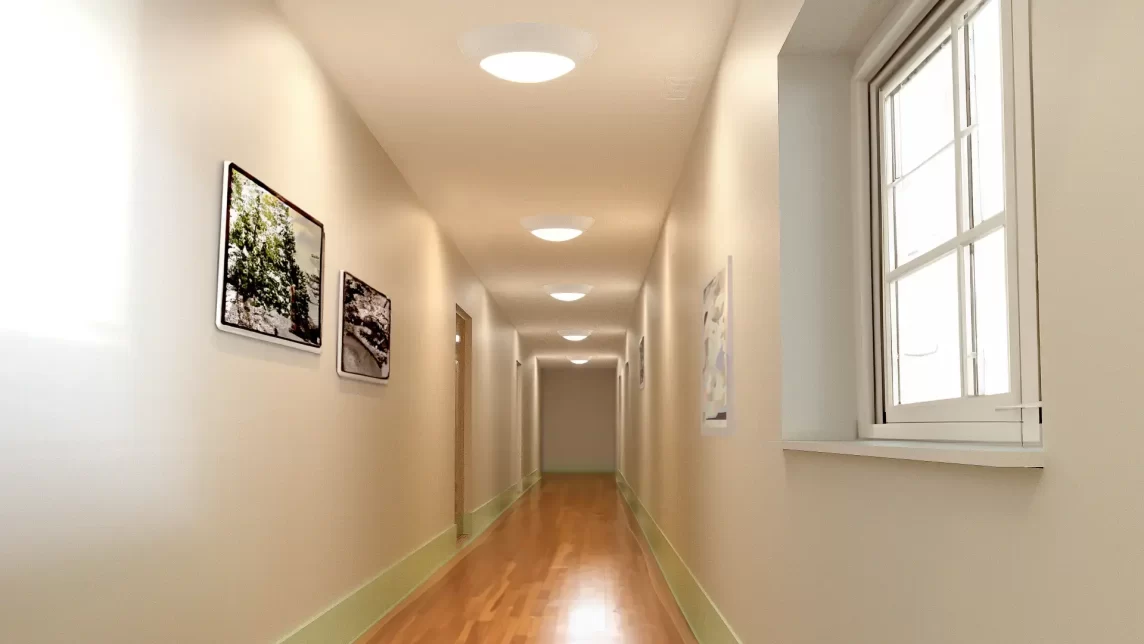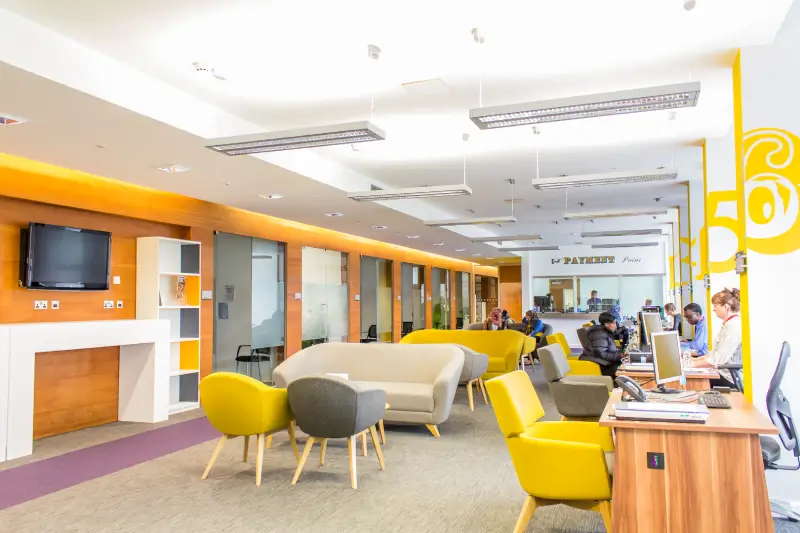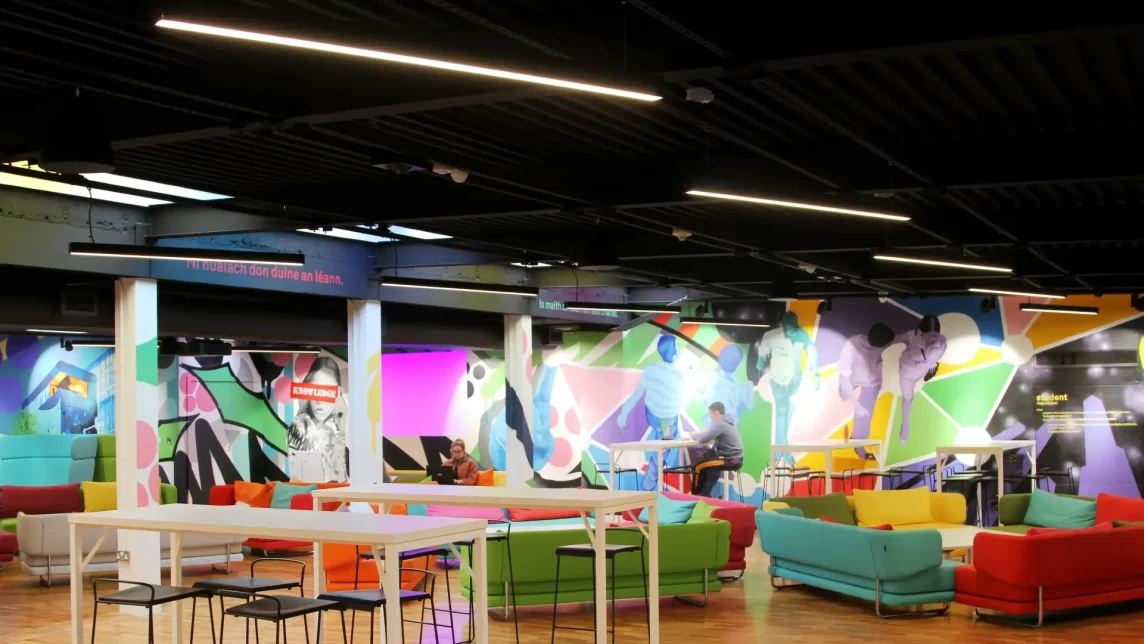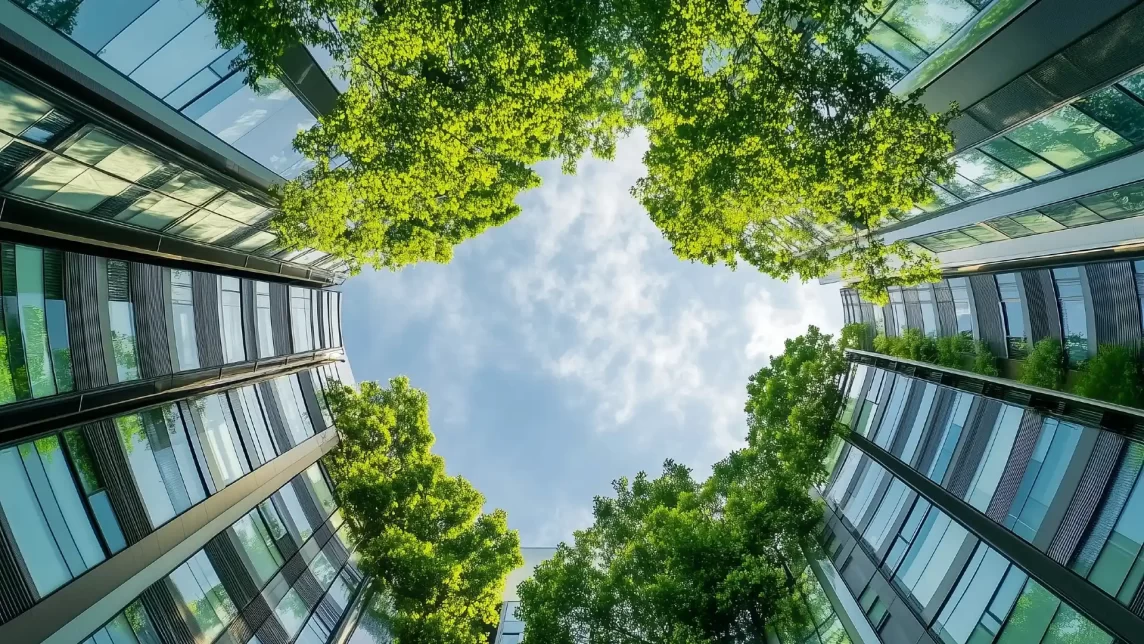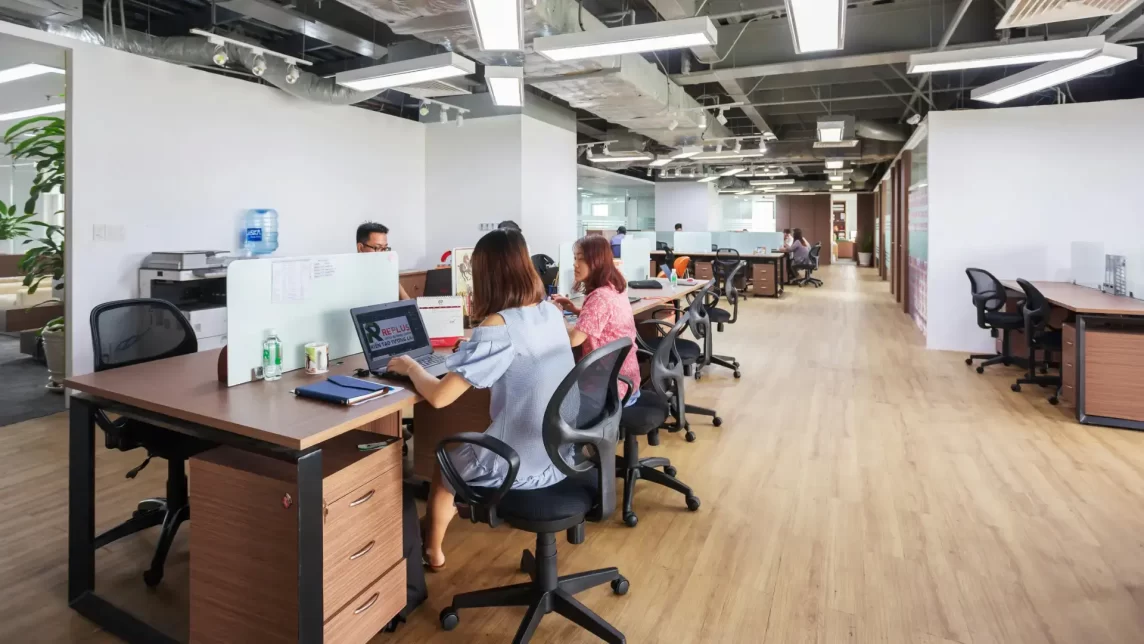
Remanufacturing is increasingly seen as key to creating a more sustainable, circular economy. But what exactly does remanufacturing mean? And why is the process set to become mainstream in the lighting industry? We answer five of the most frequently asked questions on the topic.
1. What is remanufacturing?
Remanufacturing is an industrial process that returns used products to at least their original performance. Usually, the process results in a superior product in terms of both quality and performance. Essentially it is making new products from old ones. In lighting, this often means converting fluorescent or incandescent fittings to LED systems, often with sensor controls added as part of the upgrade.
2. Why remanufacturing?
Remanufactured lighting delivers multiple benefits, from cost savings and energy efficiency gains for end users, to a reduction in environmental impacts across supply chains:
Cost savings
Remanufacturing a luminaire can result in better-than-new performance for up to 40% less cost. By incorporating the latest technological advancements, bespoke upgrades can enhance the product’s capabilities beyond current market equivalents. Consequently, remanufacturing keeps good quality lights in service for as long as possible.
Supporting the circular economy
A circular economic approach aims to keep materials in circulation through processes that include remanufacturing alongside maintenance, reuse, refurbishment, and recycling. The circular economy tackles climate change and other global challenges, like biodiversity loss, waste, and pollution, by decoupling economic activity from the consumption of finite resources.
Remanufacturing is a key strategy within the circular economy because the process adds value to a used product. In contrast, recycling is the least effective circular process. This is because recycling requires that old goods are converted back into raw materials, which is a highly energy-intensive process.
Tamlite is proud to be the first lighting manufacturer in the UK to achieve TM66 certified status for over 20 of our products. TM66 is a product verification scheme developed by the Lighting Industry Association (LIA) and the Chartered Institution of Building Services Engineers (CIBSE). It provides independent verification of a lighting manufacturers’ circularity claims by assessing products according to topics including:
- Product design: covering areas such as design for long life, repair and future upgrades
- Materials: use of recyclable materials rather than new
- Manufacturing: use of local resources
Meeting ESG goals
Given the importance of remanufactured products to the circular economy it follows that they help organisations to achieve multiple Environmental, Social and Governance (ESG) goals. For example, remanufactured lighting systems have lower embodied carbon compared to new products, and result in less waste at the end of their life cycle. They also help to reduce end-users carbon footprint; The process of upgrading a lighting system through remanufacturing is almost certain to result in energy efficiency gains.
3. How are luminaires remanufactured?
The existing light fitting is carefully disassembled, cleaned and the components assessed for their remanufacturability. The system is then upgraded as needed, with attention given to its future repair and maintenance requirements. At Tamlite, we design our retrofit upgrades with one eye on customers’ ‘right to repair’.
4. How long does the remanufacturing process take?
The remanufacturing process closely matches the timeframe of traditional lighting installations. At Tamlite, we plan our processes to accommodate your project’s schedule, replacing lights on a rolling basis to ensure a seamless transition and minimise any disruption.
5. Do remanufactured luminaires come with a warranty?
At Tamlite, our lighting remanufacturing process is carefully designed to align with British Standard BS 8887-220 Design for Manufacture, Assembly, Disassembly, and End-of-Life Processing (MADE). Our remanufactured products come with a full warranty, equal to that of newly manufactured ones. In addition, our testing and validation processes ensures UKCA marking and compliance with regulations.
- As a leading lighting manufacturer, Tamlite is at the forefront of promoting remanufacturing in lighting. Find out more about Tamlite’s approach here or contact us to discuss your needs.




